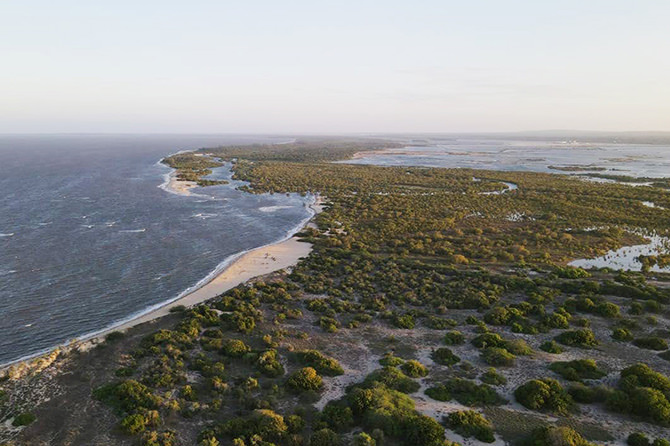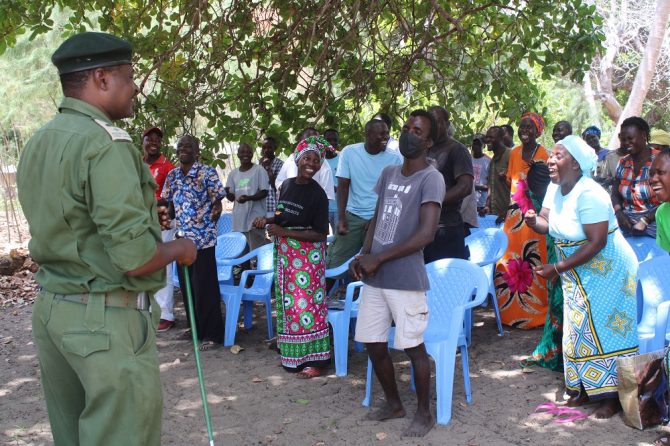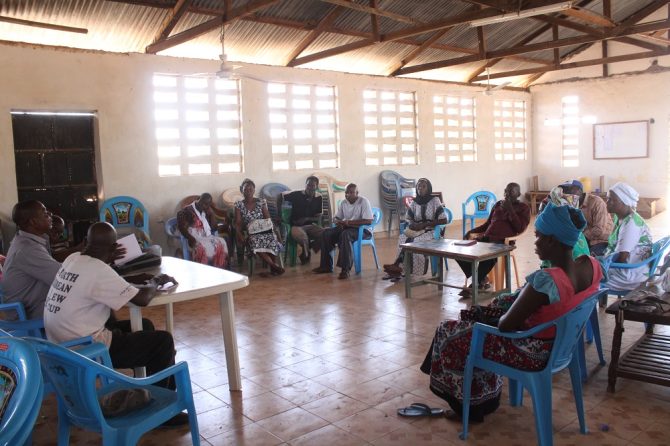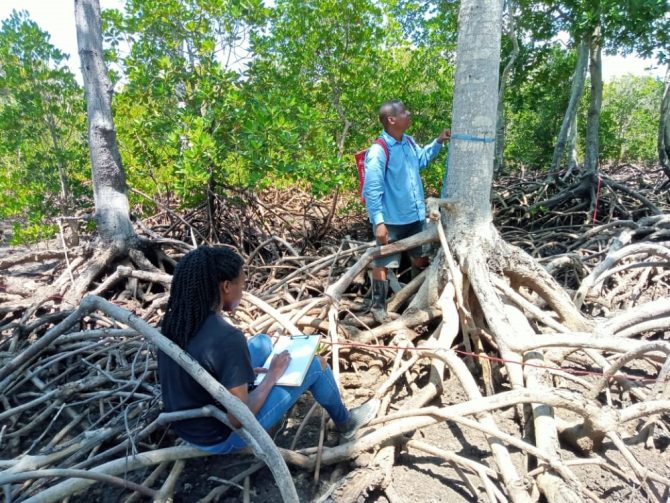2021 KENYA
Marereni Community Blue Carbon Initiative Feasibility Assessment and Stakeholder Outreach
Community Based Environmental Conservation (COBEC)
Research activities
Seascape
Overview
The project site, Marereni ward, Kilifi Country, Kenya has a total of 28,701 inhabitants (KNBS, 2019), the majority of whom live below the poverty line. Their main socio-economic activities include rain-fed agriculture, tourism, fishing, livestock herding and casual employment in the salt processing industry. Salt is the major export product, and the industry creates most of the local community’s jobs . The area is endowed with mangrove forests, coral reefs and marine wildlife, among other resources. Since the last (2009) population census, there has been a significant increase in the number of residents. They have high rates of illiteracy, and they lack sustainable alternative livelihood options, which has led to overdependence on natural resources. This has caused alteration of mangrove forest ecosystems, diminishing fish breeding sites and decreasing fish stocks. Coupled with the increasing threat of climate change, these conditions leave the community vulnerable . Hence, mitigation strategies are required to restore and conserve natural resources and to raise awareness of roles, rights, and the importance of managing mangroves in a participatory manner.
The following objectives were set for this project:
1. complete a feasibility study focused on technical and socio-economic data gathering to assess the case for creating a community-led mangrove blue carbon initiative;
2. engage the local community and stakeholders in considering the different management options for their mangroves as a resource, focusing on generation of additional income from the sale of blue carbon credits; and
3. increase the local community’s awareness of the direct and indirect use value of the mangroves.
To achieve the objectives, the following activities were conducted:
- mapping of existing mangrove extent, condition and biomass;
- identification of mangrove restoration needs (sites & typology) intervention;
- stakeholder analysis;
- mapping of community mangrove forest use; and
- outreach to increase community support for restoration and their understanding of the carbon project process.
Key achievements
- The most important achievements were development of the concept note for a community blue carbon project. It was possible through assessment of the carbon sequestration capacity of the mangrove forest, mapping of mangrove forest degraded sites, and community mangrove forest uses. Technical advice from experienced partner organizations was critical.
- Reformation of Magarini Community Forest Association (MCFA) was made possible through the resolution of conflicts among community groups which had previously led to the collapse of the association. Through this reformation, MCFA became a recognized body, by law, to represent the community in mangrove forest management and sharing of the benefits in the project area.
Lessons
- Simplification of technical or scientific language for non-scientific people and local communities, as well as translation to the local language, significantly contributes to their understanding and acceptance of the project.
- Setting up a strong community conflict resolution mechanism is essential for reforming a community with social conflicts, and enables the success of community projects.
Project location
Organisation
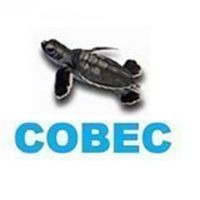
Community Based Environmental Conservation (COBEC)
- Sector
- Non-governmental organisation
- Country
- Kenya
Relevant projects
Projects of the same year
Aichi Biodiversity Targets
Aichi Biodiversity Targets
-
Awareness increased
-
Habitat loss halved or reduced
-
Ecosystems restored and resilience enhanced
Sustainable Development Goals
Sustainable Development Goals
-
Reduced inequalities
-
Climate action
-
Life below water
-
Life on land
-
Partnerships for the goals
